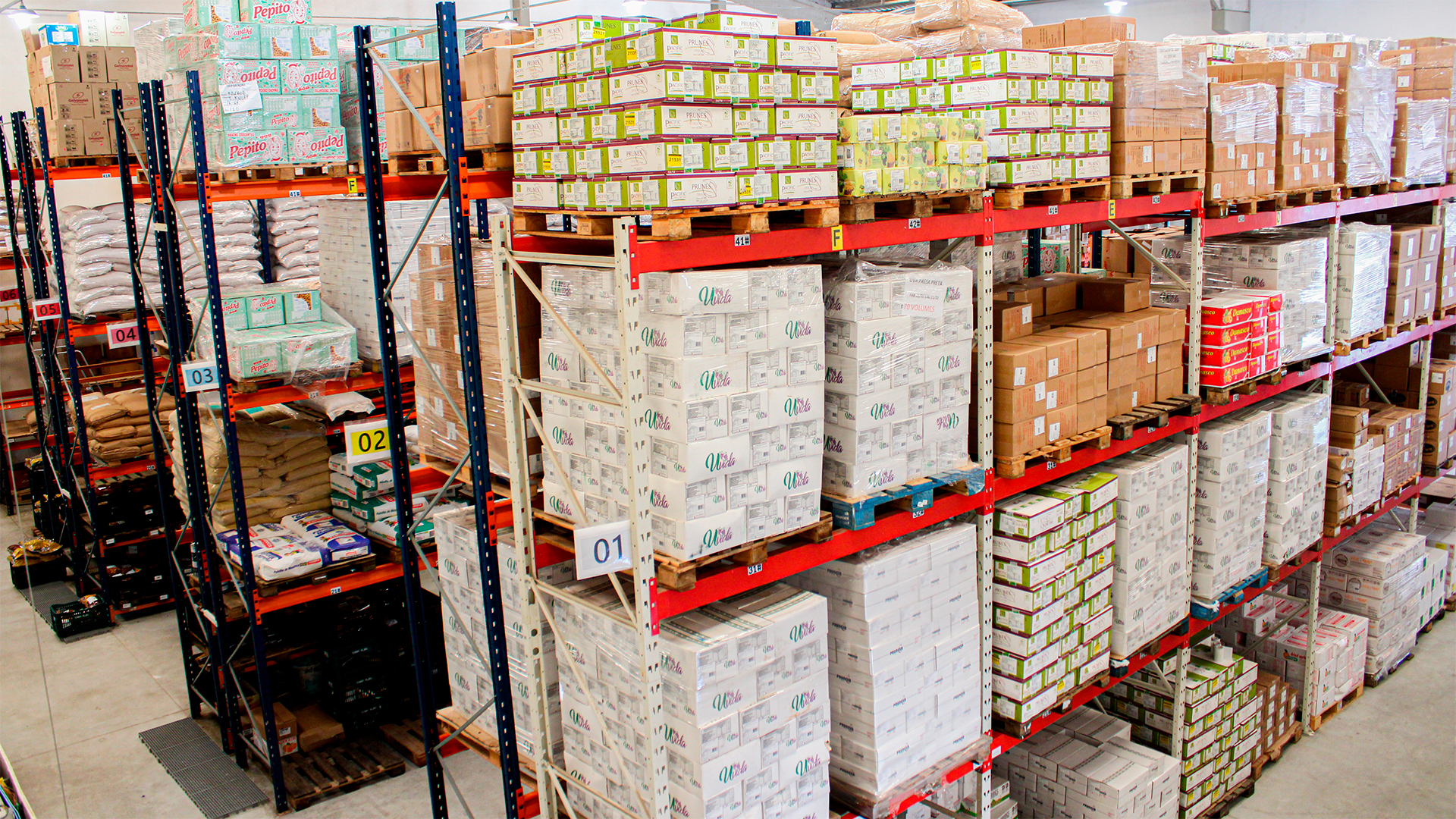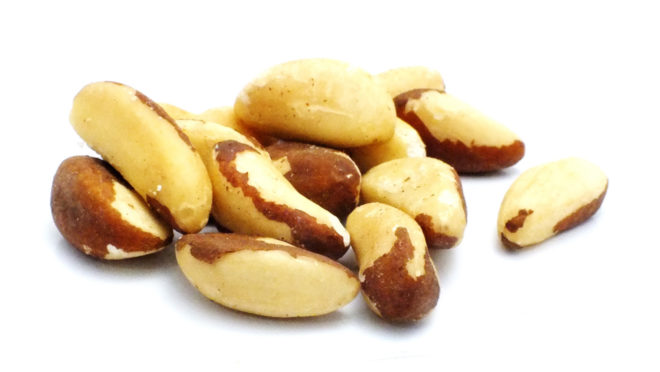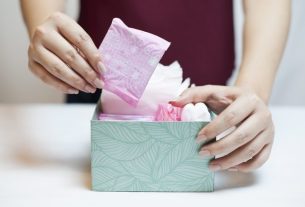for being rich in minerals and have a high nutritional value, Chestnuts are a great ally for those who want to take good care of their diet. However, handling this product is something that goes unnoticed and must be taken into consideration, as if done incorrectly it can cause harm to health. “Chestnuts are a food that we take from the package and put in our mouth. Therefore, it is important to pay attention to the processes and hygiene of the place where you buy”, explains Talita Knupp Souza, general director of Taina Alimentos.
Poor storage is also an enemy. “If treatment and conservation methods are not followed correctly, the chestnut can develop a fungus that generates high levels of aflatoxins. This toxin is harmful to the body and can lead to aflatoxicosis, causing pain, vomiting, low immunity and even favoring the emergence of more serious pathologies. Contamination is directly associated with liver complications, such as cirrhosis and hepatitis B”, he adds. Jayme Augusto Menegassi, engineering engineer food at Tainá Alimentos.
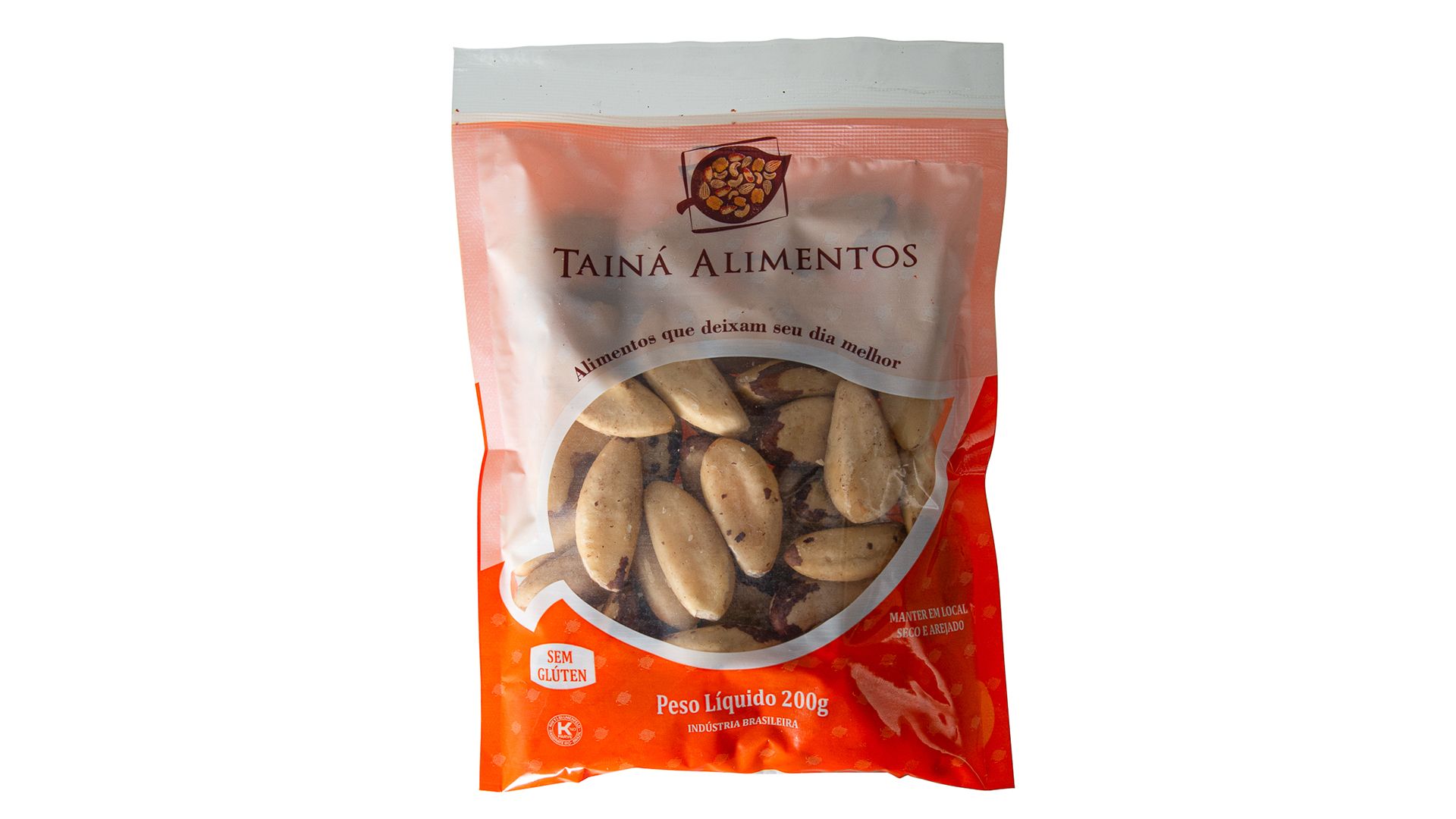
The process until reaching the consumer
Unlike an apple and many other fruits, which are peeled or cleaned before eating, chestnuts are a product that we eat directly. Therefore, it is necessary to check how companies operate and what processes the product goes through until it reaches you. “Here at Tainá Alimentos, to begin with, we validate the supplierevaluating sanitary conditions, making visits, etc., to make sure that we will receive quality raw material”, explains Talita.
The company’s next step is to internal reports which will validate the information received by the supplier. “We have our own laboratory and carry out global certification tests on the product. Everything to ensure that the nut is inside the quality suitable for consumption and, mainly, if the aflatoxin levels are within the permitted limits”.
All Tainá Alimentos employees also go through constant testing to check hand hygiene, and receive periodic training on cleaning. “We check the manipulation rooms and hands at different times, so that our professionals do not know when they will be tested. In addition, our storage process includes packaging suitable for the food, which is kept in a separate room, so that contamination does not occur. We install all these processes with the customer in mind. This way, he is sure that when he purchases our product, he can consume it without risk”, he explains.
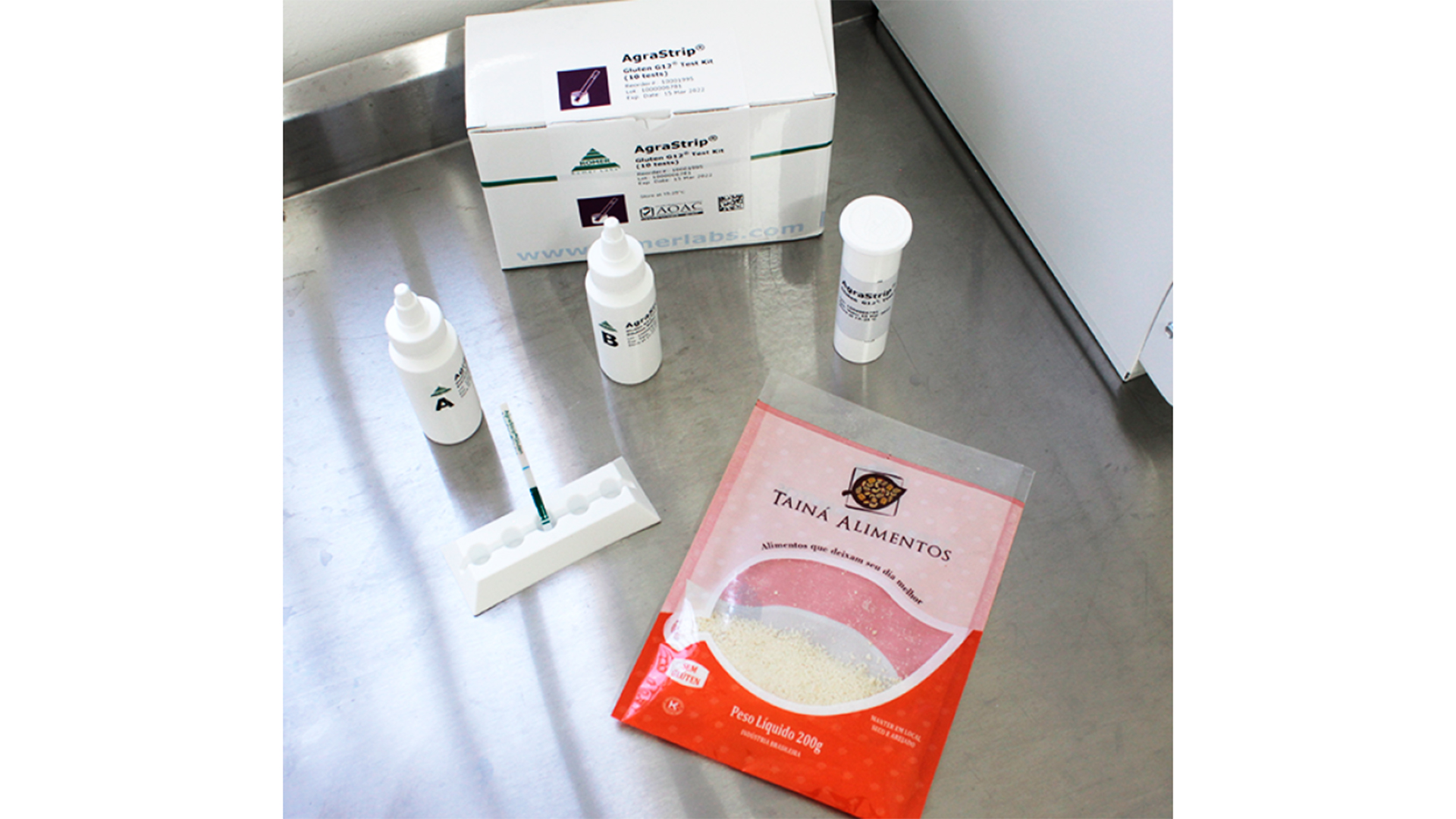
How to store chestnuts at home
There is no need to be scared and cut nuts from your diet, after all, there are some simple precautions that can be added to your daily routine to eat nuts without fear. An expert on the subject, Talita gives some recommendations for keeping food well protected. Check out:
Don’t go overboard when purchasing: Chestnuts are not a product to buy in large quantities and leave at home. The ideal is to buy it in small packages with the amount you will consume during the week, so it will always be fresh.
Keep in a well-closed container: The packaging of the product is its own, to prevent the nut oil from developing. Therefore, when removed from storage, it must be kept in a suitable container. The best option is to store it in a sealed container without exposure to light.
Clean and organize the storage container: Every time you store the oilseed, you need to clean the jar, even if there is already leftover product. The correct thing to do is to remove the chestnuts that are in the jar, wash and dry the container well. Next, make sure the product you already had is of good quality, if so, place the nuts you just bought first and the ones that were already there on top.
You can put it in the fridge: chestnuts stored under refrigeration maintain their texture and crunchiness, as well as preventing the oxidation of fats that causes rancidity.
Do not wash: chestnut is a product that should not be washed. Thinking about hygiene, what you have to take into consideration is: the place of purchase. Check whether there is a label with the origin, batch and expiration date before purchasing, in addition, analyze the hygiene of the store and the jars, this way, you will be sure that the product is not contaminated.
